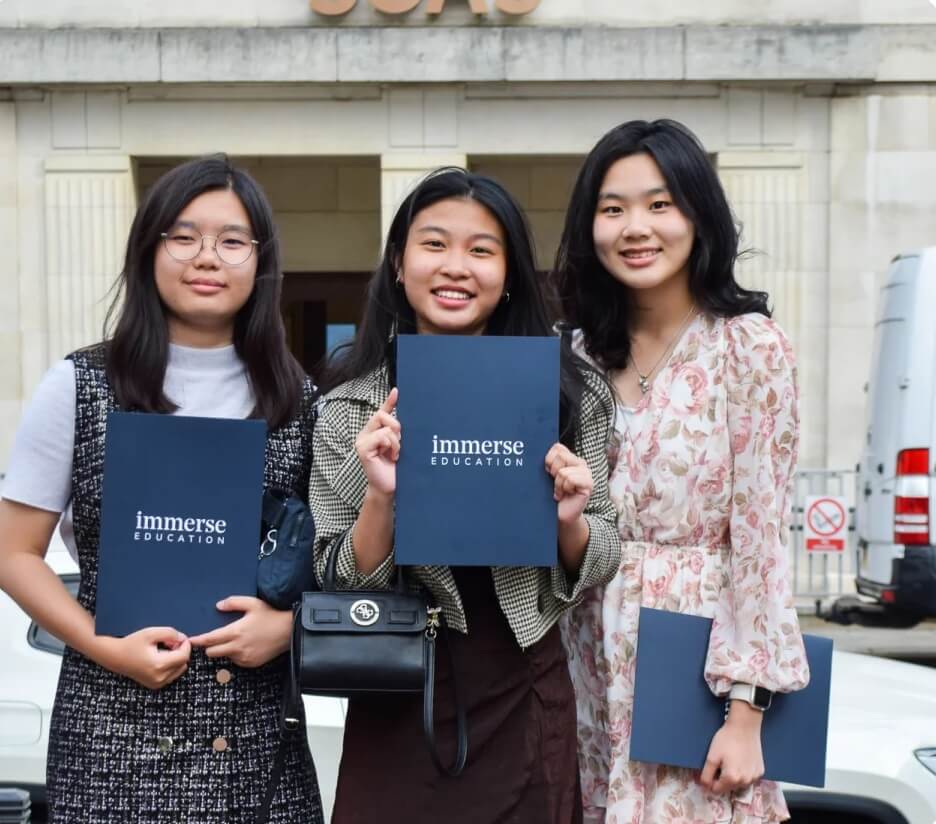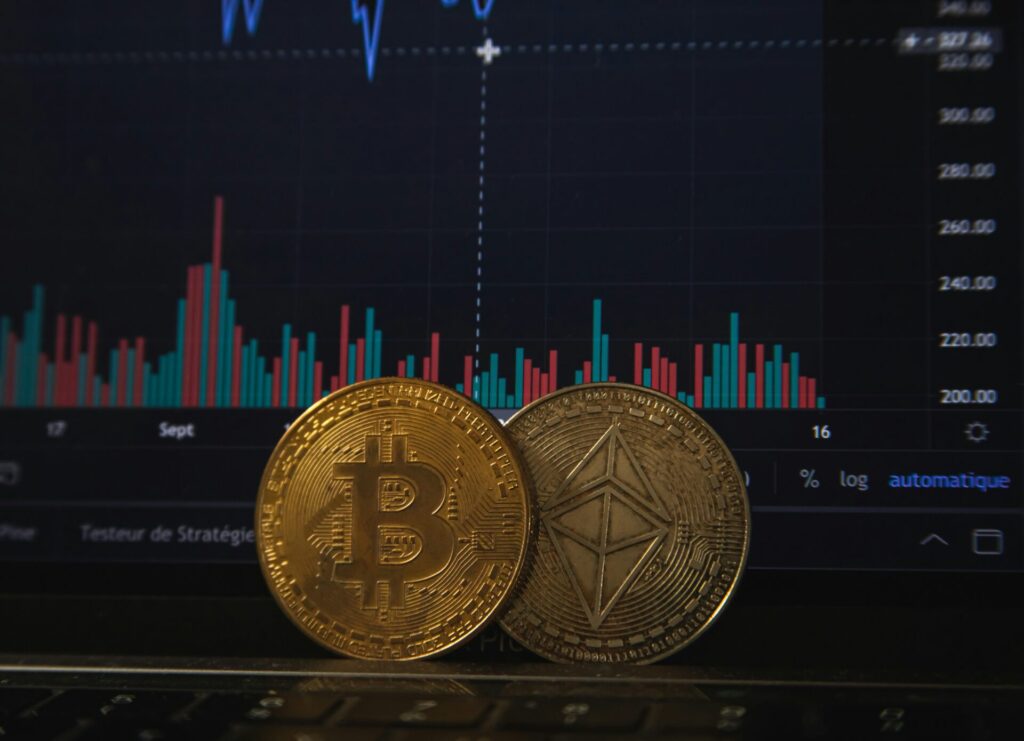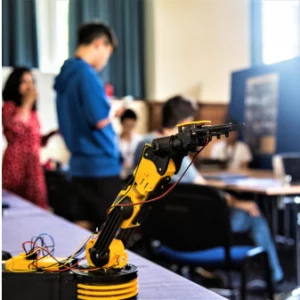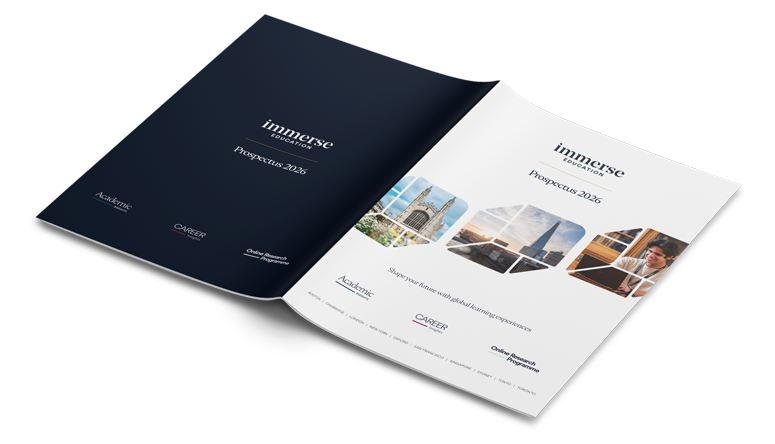Research question: How micro trends relate to consumer behaviour?
Group Accredited Research Programme: Business and Economics
Dr. Jake Organ
December 29, 2024
Abstract
Microtrends, a byproduct of the fast fashion industry, have emerged as a cyclical phenomenon characterized by rapid mass production and even swifter disposal of clothing items. Although fashion has historically been an outlet for self-expression, its function has undergone a dramatic change in the last few decades. Accessibility has always been a key factor in the way we consume clothing; technological advancements have allowed for the broadcasting of these trends to larger audiences. Social media platforms such as Instagram or TikTok have allowed for the massive exposure of trends to consumers. By examining the intersection between globalization, digital connectivity, and consumer behaviour, this paper aims to shed light on the economic and social implications of our rapidly evolving relationship with clothing and style. By examining the intersection of globalization, digital connectivity, and consumer behaviour, this paper sheds light on the economic and social implications of our rapidly evolving relationship with clothing and style. Utilizing secondary research, it examines the ease of impulsive purchases, a defining characteristic of microtrend consumption, through digital platforms and globalized supply chains. Fast fashion companies like Shein, Zara, and H&M exploit this behaviour by leveraging advanced logistics and cost-efficient production models to flood markets with affordable, trend-driven products. While these practices democratize fashion, they also perpetuate overconsumption, environmental degradation, and unsustainable business models. The trade-offs encountered by customers who value current trends above long-lasting, high-quality goods are also examined in this paper. This emphasizes the necessity of structural change in the fashion industry as well as increased consumer consciousness to strike a balance between environmental responsibility and cultural trends.
Keywords
Consumerism, consumer behaviour, microtrends, fast fashion
Introduction: Understanding Microtrends
Microtrends are the phenomena in which the cycle of trends is accelerated and short-lived. In our current society, this tendency is mostly prominent within the fashion industry. Trends within the fashion industry may be traced back to ancient times, or the 14th century; yet this gradual decrease relating to the life spans of these trends has mainly amassed acknowledgement in the 20th century. Fashion began to shift from a convenient necessity to a method of self-expression around this time period. This shift in consumer behaviour catalyzed increased demand for diverse, rapidly produced clothing, leading to a process known as fast fashion. Fast fashion prompts overconsumption, a form of excessive consumerism that directly interconnects with the rise of microtrends.
The issue with these rapid cycles is their impact on our methods of consumption and on our external environment. Microtrends encourage individuals to purchase based on trendy status items instead of an actual need; they also push out this instinctual need to fit in and keep up with others. Individuals frequently pursue these trends seeking instant gratification and external validation, diverging from fashion’s intended purpose of self-expression and personal style.
Simultaneously, corporations contribute to perpetuating this cycle of rapid consumption and substantial waste, exploiting this consumer behaviour tendency for profit. Although there are negatives associated with this process, it may also play a beneficial role in our culture. Certain communities have used microtrends to promote sustainability. For instance, upcycling, aims to minimise waste by encouraging microtrends for the transformation of old pieces of clothing into new ones.
Join the Immerse Education 2025 Essay Competition
Follow the instructions to write and submit your best essay for a chance to be awarded a 100% scholarship.

Literature Review
The previous research conducted on microtrends and its correlation to consumer behaviour highlights various concepts. Diantari (2021) claims that the fashion industry is impacted by cycles of trends. Consumers often view trends as obsolete, leading to overconsumption of fast fashion products with the latest trends, creating a need for impulsive and addictive shopping behaviour. Diantari states, “Perceived obsolescence raises the perception that the old clothes you have are no longer suitable for use when new products with the latest fast fashion trends are launched.” She adds that fast-fashion, known to market ready-to-wear products to each socioeconomic class, allows for an offering of the latest trends for affordable prices. While this accessibility democratizes fashion, it also fosters impulsive purchasing habits and highlights the environmental and ethical challenges posed by the fast fashion industry. The research stresses that consumers must adopt more conscious purchasing habits and recognize the negative impacts of fast fashion on our environment.
Another research study argues that social media is the main cause behind this phenomenon, expanding on Diantari’s research. Buck, Herzog, Gomez, and Barrera (2024) claim that fast fashion marketing and social media are large factors influencing consumer behaviour regarding fashion overconsumption. The length of fashion trends has increased with platforms such as Instagram or TikTok. Certain demographics are more likely to engage with this form of consumption, with Generation Z being the main target encouraged to interact with this system through influencer marketing and advertisements. COVID-19 has sparked consumerism online rather than in-person shopping; now, individuals prefer online marketplaces, including Shein. “Shein Hauls” are massive excessive hauls of clothing and accessory items typically uploaded on social media by influencers. Many engage with this content in an attempt to maintain relevancy.
This pressure to abide by overconsumption leads society to participate in the promotion of unsustainable business models that utilize environmental and ethical concerns. Buck et al. (2024) state, “If a consumer has a positive attitude towards their favourite social media influencer, it is more likely that they will engage in overconsumption. Emotional attachment to fashion belongings creates a lasting bond between the garment and the consumer.” The authors argue that fast fashion, in contrast to slow fashion — which builds this “friendly” relationship with consumers allowing them to decrease impulsive purchases and remain eco-conscious – instead lacks awareness regarding the social and environmental impacts of fashion, which fuels overconsumption.
There are variables on perceptions of consumption that were discovered by the authors. These include consumers’ perceptions of social media influencers, emotional attachment to fashion belongings, lack of knowledge of environmental and social impacts, self-esteem, and its influence on purchasing habits. Another article labels this concept as “attention deficit fashion” (ADF) and argues that the evolution of technology is directly connected to consumption. With brands constantly attempting to reach customers, they consistently utilize micro-content. The term deficit relates to the short attention spans.
Data and Methodology
Secondary research is the main method utilized in this research paper. Different sources were employed, leveraging existing large datasets to reveal patterns and trends in consumer behaviour related to microtrends. The research is explanatory, attempting to convey the correlation between microtrends and consumer behaviour. Recent statistics, created in 2023, suggest that impulsive purchasing decisions have been made by 84% of shoppers.
Impulse buying is distinguished by a lack of planning, driven by the need for immediate satisfaction. Another survey discovered that Generation Z and Millennials are four times more likely to make purchases on social media than older generations. These data points display the primary demographics target by impulse purchases. The relationship between clothing sales and how fast we discard our clothes is illustrated in Graph 1. Overconsumption is exacerbated through this activity.
Microtrends emerge as a result of trend cycles being significantly propelled by globalization. Digital platforms facilitate digital connectivity, allowing trends to be shared quickly and creating a growing demand for new products. Advanced logistics and technology, convoluted worldwide supply chains, and lower labour costs through production outsourcing all contribute to the cost-effective acceleration of apparel production and delivery. Clothing can now be readily classified as out-of-date due to globalization, which encourages discarding. The wide selection of trendy garments available to consumers at affordable costs drives consumers to make regular purchases. Impulsive adoption of new trends has become easier for consumers with the existence of online shopping.

Graph 1 (page 7). As global fashion sales rise, we are getting less use out of our clothes. Source: Ellen MacArthur Foundation, cited in Financial Times (2020).
Trade-offs in Consumer Choices
Global supply chains and internet platforms have made fashion more accessible to consumers, yet they also create economic trade-offs that oblige buyers to constantly reevaluate the benefits and opportunity costs of their choices. Individuals allocating their funds towards trend-driven purchases compared to essential long-term needs is a crucial trade-off. The opportunity cost associated with this trade-off is the potential long-term value lost by consistently choosing short-lived trendy items over durable, quality products. Consumers often face a trade-off between immediate gratification and long-term financial stability. The money spent on impulse purchases driven by microtrends could have been saved or invested elsewhere.
Solely within a perfect competition market may microtrends maintain their current rise. A perfect market is characterized by an economic model in which there are no monopolies and prices are purely based on supply and demand, with a small market share. The fuel for these trends are the countless companies mass-producing various sorts of clothing items for cheap costs and discarding them. Shein, Zara, Forever21, and H&M are the most recognized companies in mass production. Often criticized for their disregard for sustainable production practices, these companies contribute to the manufacturing of microtrends and fill landfills with excess clothes.
Among fast fashion companies, Shein is the biggest offender in terms of unsustainable practices and environmental impact. In 2023, the company emitted 16.7 million metric tons of carbon dioxide, comparable to four coal power plants. Shein’s carbon footprint is further increased by its heavy reliance on air delivery, in contrast to other well-known brands. Shein’s business strategy significantly increases water pollution and textile waste. Just 6% of their textiles are recycled, and 76% of them are composed of polyester. The company’s extensive use of polyester and other synthetic fibres greatly increases the pollution caused by microplastics.
Comparative Advantage and Fast Fashion
Furthermore, this short-lived cycle of trends is supported by its comparative advantage. A comparative advantage, first defined by David Ricardo in 1817, occurs when one entity provides a product at a lower opportunity cost than another. Utilizing their comparative advantage, businesses may rapidly adapt to and profit from microtrends. Fast fashion stores, such as Shein, have a competitive advantage in creating fashion apparel at cheaper prices, allowing them to respond to new microtrends. Businesses with a comparative advantage in data analysis and trend forecasting are better able to spot and react to microtrends than their rivals, which gives them a competitive edge in the quick-changing fashion industry.
Results
In summary, the connection between consumer behaviour and microtrends can be understood through various key factors. These include the impact of influencers and public figures, the effects of globalization such as reduced labour costs and increased accessibility, the role of advanced technologies, consumers’ limited awareness of environmental and social consequences, and issues related to low self-esteem. These elements influence the connection between rapidly changing trends and consumer purchasing patterns.
Bibliography
Adams, C., Alldredge, K., & Kohli, S. (2024, June 10). State of the consumer 2024: What’s now and what’s next. McKinsey & Company. https://www.mckinsey.com/industries/consumer-packaged-goods/our-insights/state-of-consumer
Balchandani, A., Rölkens, F., D’Auria, G., Barrelet, D., & González Méndez, P. (2024, November 11). The state of fashion 2025: Challenges at every turn. McKinsey & Company. https://www.mckinsey.com/industries/retail/our-insights/state-of-fashion
Buck, C., Herzog, M., Gomez, A., & Barrera, A. (2024). Factors driving overconsumption amongst fashion consumers. https://scholarworks.calstate.edu/downloads/70795g794
Chomsky, R. (2023, September 12). Is Shein sustainable? A deep dive into fast fashion and ethical practices. Sustainable Review. https://sustainablereview.com/is-shein-sustainable-a-deep-dive-into-fast-fashion-and-ethical-practices/
Diantari, N. K. Y. (2021). Trend cycle analysis on fast fashion products. Journal of Aesthetics, Design, and Art Management, 1(1), 24-33. https://doi.org/10.58982/jadam.v1i1.101
Financial Times. (2020, November 13). Sustainable fashion? There’s no such thing. Financial Times. https://www.ft.com/content/d174e7d7-97c4-43fc-8765-95075e5fcce7
Hush Digital. (2024, October 10). Microtrends: How culture & consumer habits are changing faster. Hush Digital. https://hush.digital/microtrends-how-culture-consumer-habits-are-changing-faster/#:~:text=Micr
Invesp. (n.d.). The state of impulse buying persona – Statistics and trends 2023. Invesp – Conversion Rate Optimization Blog. https://www.invespcro.com/blog/impulse-buying/
Kitajima Mulkey, S. (2024, September 23). Shein is officially the biggest polluter in fast fashion; AI is making things worse. LAist. https://laist.com/news/climate-environment/shein-biggest-polluter-fast-fashion-ai
Lee, A. Y. (2022, February 18). Microtrends: The implications of what you see on your “For you” page. The Harvard Crimson. https://www.thecrimson.com/article/2022/2/18/microtends-fashion-think-piece-tiktok/
Mulkey, S. K. (2024, September 23). Shein is officially the biggest polluter in fast fashion; AI is making things worse. LAist. https://laist.com/news/climate-environment/shein-biggest-polluter-fast-fashion-ai
Reilly, A., & Hawley, J. (2019). Attention deficit fashion. Fashion, Style & Popular Culture, 6(1), 85-98. https://intellectdiscover.com/content/journals/10.1386/fspc.6.1.85_1
Suriarachchi, M. (2021, August 24). Micro-trends and overconsumption: Fashion consumerism in the 21st century. Cainz | Education, Network, Experience. https://cainz.org/10066/
Zhou, M. (2022, July 29). What are micro trends? How styles change faster than ever before. Good On You. https://goodonyou.eco/micro-trends/



























